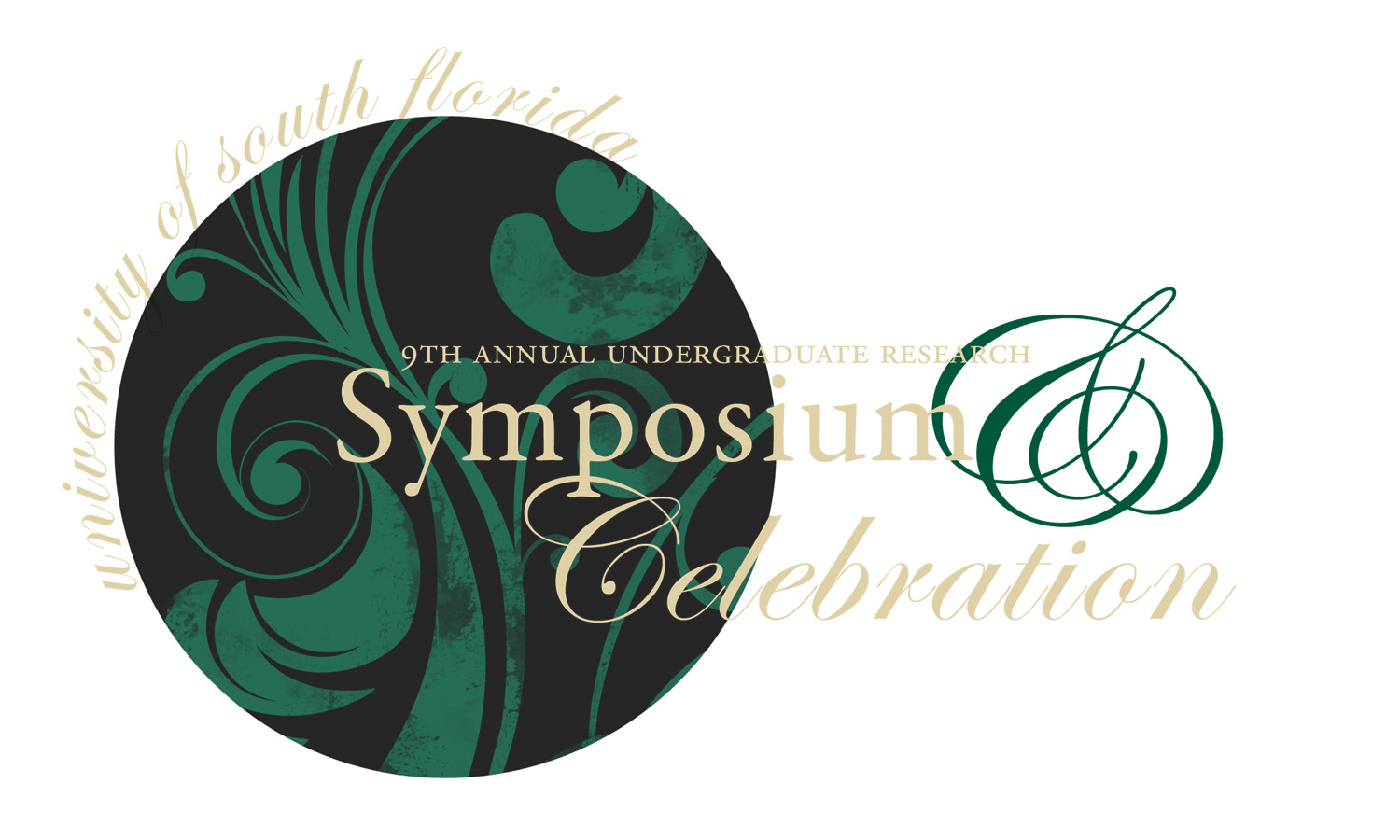Presentation Type
Poster
IP Protection of Sequential Circuits with Embedded Watermarking
Abstract
As the complexity of electronics has grown leaps and bounds in past decade, it has become common for design houses to purchase and use third party designs known as IP (Intellectual Property) cores. The business model is such that the IP core owner gets royalty on every unit sold. Thus, it is extremely important for IP owners to protect their designs from unauthorized use. One common way of achieving this is to embed a watermark in the design so that it can be used to verify the ownership in case of litigation. In this work, we propose a novel technique to watermark sequential circuits by embedding a signature (an image, audio message, text message, etc.) via state encoding. Given a sequential circuit as a state transition graph and a signature (a long string of 0’s and 1’s), we determine appropriate state encoding. The signature can be extracted in a test mode by applying a secret input sequence which is known only to the IP owner. We map the problem of signature extraction to the classic Hamiltonian tour problem. As this problem is computationally hard, the signature extraction or tampering will be impossible with finite resources. In our preliminary experiments, we were able to embed a small (36px x 10px) monochrome image in a 256 state machine example.
Categories
Engineering/Physical Science
Research Type
Research Assistant
Mentor Information
Srinivas Katkoori
IP Protection of Sequential Circuits with Embedded Watermarking
As the complexity of electronics has grown leaps and bounds in past decade, it has become common for design houses to purchase and use third party designs known as IP (Intellectual Property) cores. The business model is such that the IP core owner gets royalty on every unit sold. Thus, it is extremely important for IP owners to protect their designs from unauthorized use. One common way of achieving this is to embed a watermark in the design so that it can be used to verify the ownership in case of litigation. In this work, we propose a novel technique to watermark sequential circuits by embedding a signature (an image, audio message, text message, etc.) via state encoding. Given a sequential circuit as a state transition graph and a signature (a long string of 0’s and 1’s), we determine appropriate state encoding. The signature can be extracted in a test mode by applying a secret input sequence which is known only to the IP owner. We map the problem of signature extraction to the classic Hamiltonian tour problem. As this problem is computationally hard, the signature extraction or tampering will be impossible with finite resources. In our preliminary experiments, we were able to embed a small (36px x 10px) monochrome image in a 256 state machine example.

